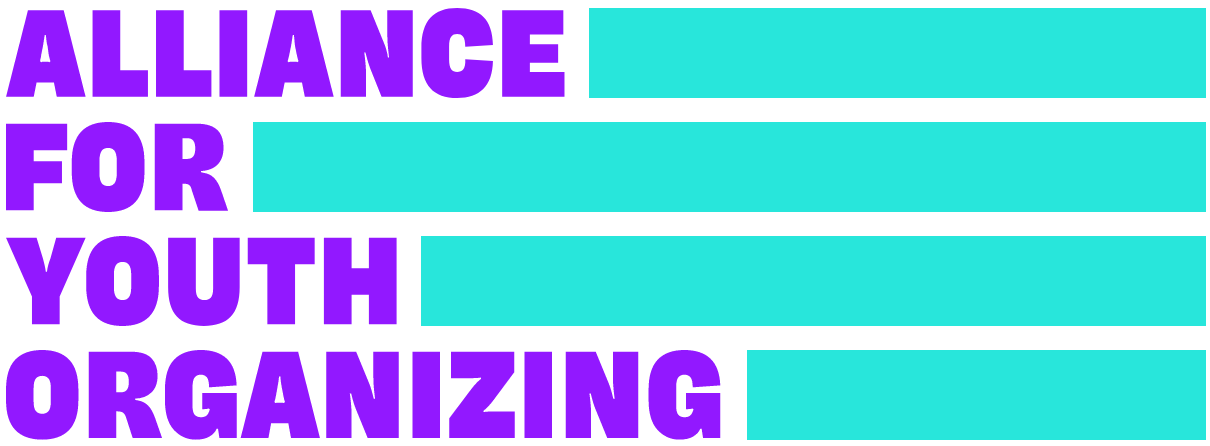In April, we brought out literally *hundreds* of young organizers from all ends of the country to Washington D.C. for the first ever Youth Organizing Summit. It. Was. Huge. Together, we debriefed 2016 and made plans for building progressive power in 2017 & 2018.
Our friends at Advocates for Youth, CJRC, FCCP, NAKASEC, NextGen Climate, Planned Parenthood Action Fund, Roosevelt Institute, URGE, Vote Mob, Youth Engagement Fund, and Young People For helped us plan the Summit and convene a force of driven, young people ready to take on this nation.
Participants attended workshops on electoral organizing, leadership development, tech tools, running women for office, tools for resistance, issue organizing, reproductive rights, immigrant justice, and the list goes on. Our keynote speaker, Amber J. Phillips, began the summit by empowering attendees to keep fighting for our people and building the movement.
“We will only win when we remember that those who have been pushed to the margins are brought back to the center and the front” – Amber J. Phillips

“It was so nice to have a cross-movement summit where I could hear from and learn from folks who are dedicating their time to movements which differ from but are absolutely intersectional to mine.” – Youth Organizing Summit Attendee

The Youth Organizing Summit by the numbers:
632 young, grassroots organizers
109 allied organizations
56% young people of color
35% LGBTQ identified
40 states
26 skills building & issue workshops
12 unconference sessions
11 core partners
1.5 days of power building
1 incredible summit!
The Summit wrapped up with a fiery keynote by Representative Pramila Jayapal where she told attendees, “If you provide the space for leadership to emerge, young people will lead.” And that is exactly what we intend on doing. Since the Summit’s conclusion, we have been connecting with organizations in attendance to build this movement and lead the nation while young people at the forefront. We, at the Alliance for Youth Action, are rallying this young, vibrant, and progressive energy to push for voting rights, strengthen our democracy, create a better economy, and fight injustice in our communities. This is our movement–join us today.



